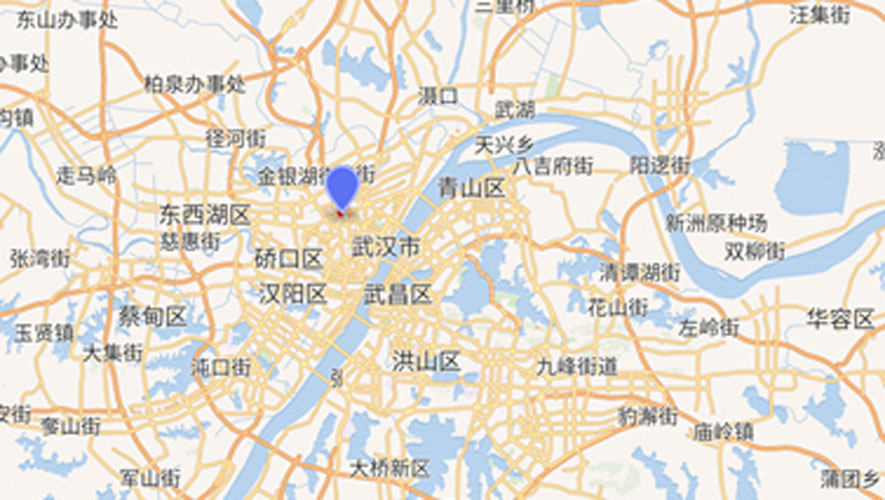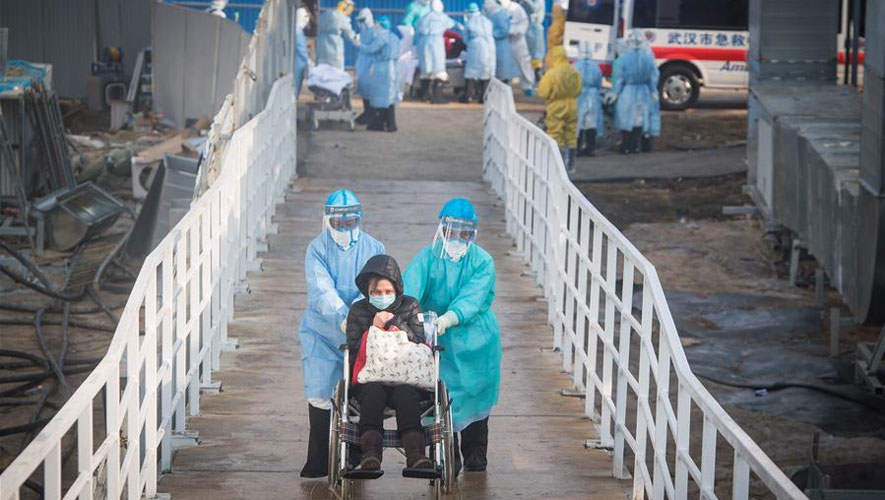Air pollution, or atmospheric pollution, is caused by human activities or natural processes that cause certain substances to enter the atmosphere. When more and more substances are emitted, far exceeding the self-purification capacity of the atmosphere, the composition of the atmosphere would change. Air pollution occurs when the quantity, concentration, and duration of pollutants in the atmosphere reach a harmful level that endangers human comfort, health, or the environment.
For the latest Cambodian Business news, visit Khmer Times Business
The most common pollution occurrence is haze and fog. In fact, fog and haze are two different weather phenomena. Meteorology “fog” and “haze” have clear definitions, yet they are often used interchangeably.
“Fog” is composed of a large number of tiny water droplets or ice crystals suspended in the air near the ground, making the horizontal visibility below 1 kilometre (km). “Haze” is a phenomenon in which a large number of extremely fine dry dust particles evenly floating in the air, making horizontal visibility less than 5 km. In the hazy days, “particulate matter” is the most common term used to describe air quality. This term actually refers to dust particles in the air. Many people are familiar with three types of such particles, namely inhalable particles, fine particles and ultrafine particles. Inhalable particulate matter (PM10) refers to particulate matter with an aerodynamic equivalent diameter of 10 micrometres. Fine particulate matter (PM2.5) refers to particulate matter with an aerodynamic equivalent diameter of 2.5 micrometres. Ultrafine particles (PM0.1) refer to particles with an aerodynamic equivalent diameter of less than or equal to 0.1 micrometres.
Concerning Wuhan pneumonia, the formation of haze is a critical issue. The formation of haze mainly depends on three factors. First, the increase of static wind in the horizontal direction, which is not conducive to the diffusion and dilution of atmospheric pollutants. Second, the emergence of a temperature inversion layer in the vertical direction, which makes it difficult for pollutants to move upwards and are blocked at low altitudes and near the ground. Third, the increase of suspended particulates in the air. These three conditions are all available during the high incidence period of Wuhan pneumonia.
According to data released by the Wuhan Bureau of Ecology and Environment, the moment when a large number of pneumonia cases emerged in Wuhan was during the period from Jan 19, 2020, to Jan 23, 2020, and the Wuhan air during this period was at the stage of serious pollution. The indices are all higher than 100. This means that the outbreak period of Wuhan pneumonia coincides with the severe period of air pollution and this is one of the reasons. The second supporting reason is that the high incidence areas of Wuhan pneumonia coincide with the severe air pollution areas. We observed by randomly taking one day as a sample and found out that the area with the highest level of air pollution in Wuhan was Huanan Wholesale Seafood Market. This shows that even in “normal weather”, the air pollution in the seafood market area was the relatively worst area in Wuhan. The index was usually in the range of 140-160. At the same time, the air pollution levels in other areas of Wuhan were only 80-110. The level of air pollution is calculated at a low level, with a gap of up to 40 percent. Therefore, it is not accidental that Wuhan Huanan Wholesale Seafood Market has become a high-incidence area of Wuhan pneumonia – and there is another reason for its close correlation with air pollution.

Is this an accidental coincidence?
This has to be determined from the long-term air pollution situation. Because Wuhan pneumonia is an occasional public health crisis, here we use a similar air pollution index chart for influenza outbreaks to investigate and study. Wuhan had experienced severe influenza outbreaks in the spring of 2018 and 2019 and the number of influenza cases was much higher than the historical average in the same period. On the exponential distribution map of air pollution, it also appears that Wuhan was at the peak of air pollution during the period of time. Therefore, data from a longer period indicates that the occurrence of Wuhan pneumonia is closely related to air pollution. This is the third reason.
In reality, the occurrence of respiratory diseases must be directly related to air conditions. Our existing evidence does not prove that air pollution is the only cause of Wuhan pneumonia, or it is the sole culprit. However, air pollution in Wuhan has obviously played a very important role in promoting the occurrence of respiratory diseases such as Wuhan pneumonia. The particulate matter became the carrier of the virus, and eventually developed into an urban tragedy. Is this an accidental coincidence?

This has to be determined from the long-term air pollution situation. Because Wuhan pneumonia is an occasional public health crisis, here we use a similar air pollution index chart for influenza outbreaks to investigate and study. Wuhan had experienced severe influenza outbreaks in the spring of 2018 and 2019 and the number of influenza cases was much higher than the historical average in the same period. On the exponential distribution map of air pollution, it also appears that Wuhan was at the peak of air pollution during the period of time. Therefore, data from a longer period indicates that the occurrence of Wuhan pneumonia is closely related to air pollution. This is the third reason. In reality, the occurrence of respiratory diseases must be directly related to air conditions. Our existing evidence does not prove that air pollution is the only cause of Wuhan pneumonia. However, air pollution in Wuhan has obviously played a very important role in promoting the occurrence of respiratory diseases such as Wuhan pneumonia. The particulate matter became the carrier of the virus, and eventually developed into an urban tragedy. Particles may not only lead to terminal illness such as cancer, but also contain micro-organisms such as bacteria, viruses, fungi that can cause the epidemic of respiratory infectious diseases, including Wuhan flu. Therefore, the tracking of the formation of Wuhan pneumonia is a complex systematic project. One has to consider different types of animals, hence the “source” is not so easy to be found. However, the concept that Wuhan’s severe air pollution and viruses merged and formed “polluted” air, which eventually led to the formation of Wuhan pneumonia is highly likely. We believe that this finding has positive significance for the research and policy prevention of Wuhan pneumonia.




